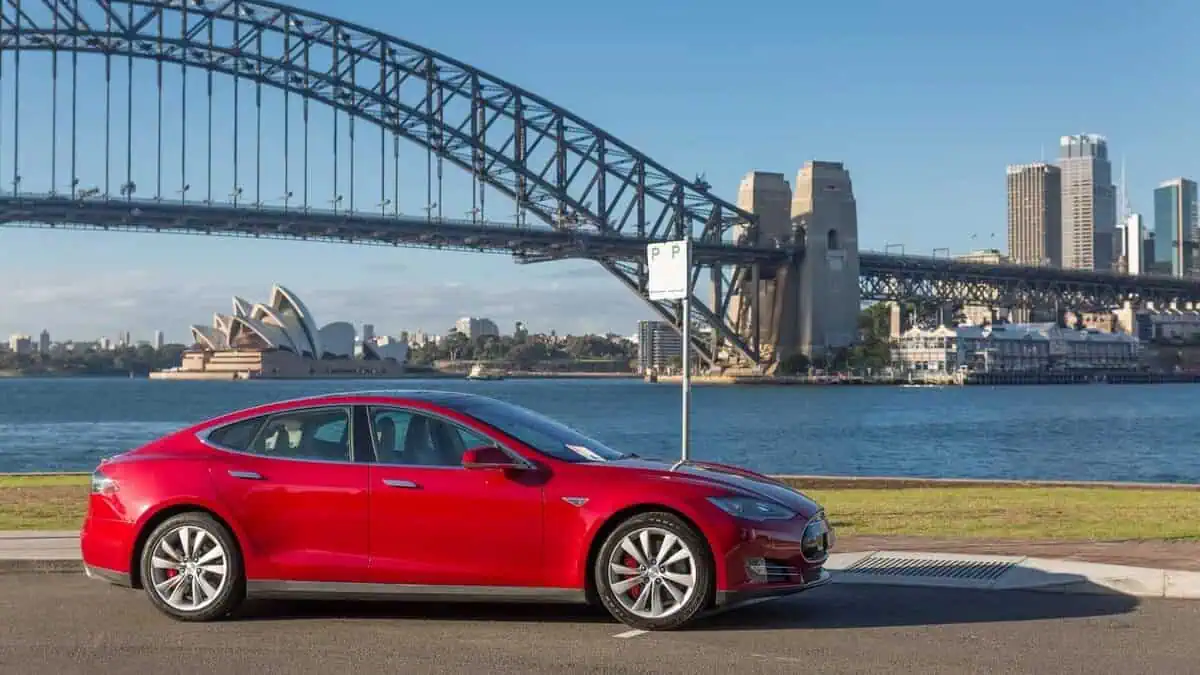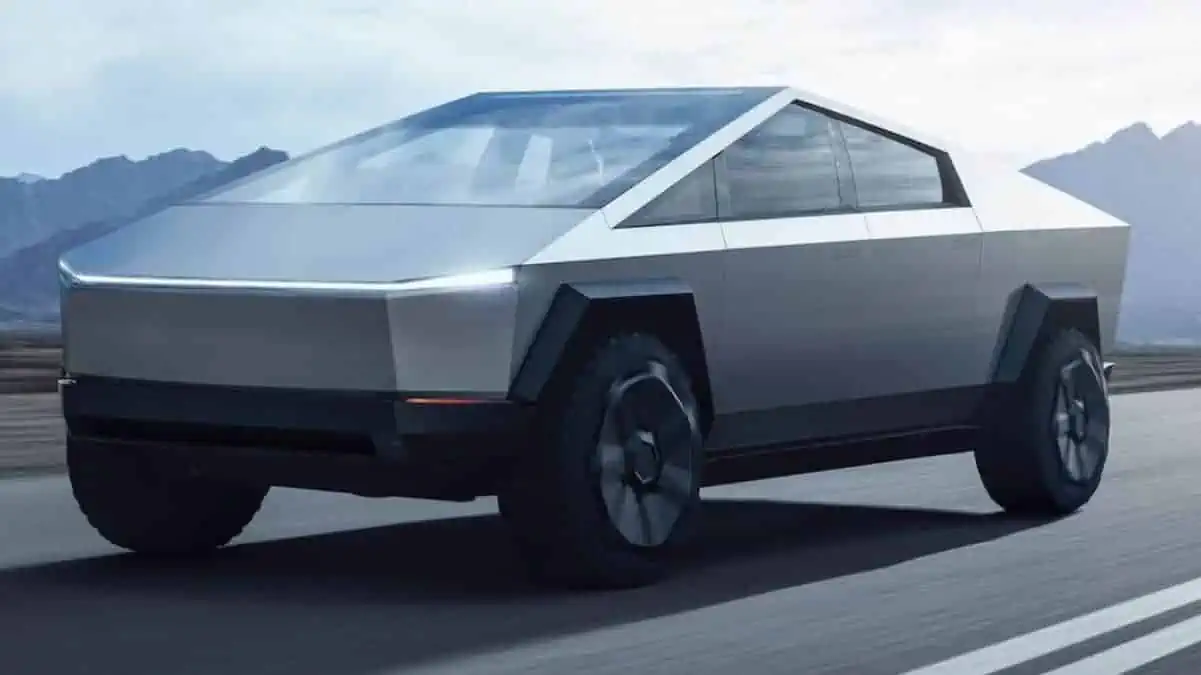Antipodean electric vehicle adoption is increasing as we enter 2023, as claimed by CleanTechnica. Although there are setbacks, including Tesla‘s inability to hit Robyn Denholm’s growth prediction, the world’s most valued automaker has still delivered an outstanding performance in 2022.
Tesla’s presence in Australia
Veda Prime reported that Tesla had shipped 4,500 EVs to Australia before the year’s end. However, the automaker failed to deliver them because of many factors, including logistics. Nonetheless, they might be undergoing the delivery process now, and there are also five more Tesla shiploads anticipated to reach the market this year.
Furthermore, the report stated that Tesla’s Australian deliveries hit 41,729 units from 2014 to 2022.
Please refer to the chart below:
Approximately two of every three Australian EV sales were Tesla cars in 2022, leading the automaker to nearly double its sales.
In fact, Toyota Camry’s 28-year reign over the midsize market ended with the interruption of the Tesla Model 3 last year. The Tesla Model 3 led the market with 10,877 sales, beating Toyota Camry’s
9,538 units. Tesla’s line would obviously incline upward if it were to be mapped.
Tesla reached 16th position overall on the sales charts thanks to the Model 3 sedan and Model Y SUV. It is indeed a significant achievement as it surpassed rivals like Volvo, Honda, and Audi.
EV sales in Australia -2022
Australia saw a year-on-year EV sales growth of 549% to 33,410 units in 2022, per the data released on January 12. It represents a significant increase from 2021’s record of 5,149 unit sales.
Interestingly, the penetration rate of electric vehicles was only about 4% in 2022 despite the recorded growth in the fourth quarter. Notably, the Q4 saw the launch of the Model Y, the BYD Atto 3, and the updated MG ZS EV.
Australia’s EV sales in 2022
| Sales | Growth | New Car Market Share | |
| HEV | 81,786 | 16% | 7.6% |
| PHEV | 5,937 | 76% | 0.5% |
| BEV | 33,410 | 549% | 3.1% |
BYD ranks second in Australia’s EV sales
Chinese automaker BYD was the second most popular brand in Australia last year. It beat other established EV brands like Audi, Honda, Volvo, and BMW.
Interestingly, BYD Atto 3 is new to the market, as it was only launched in October 2022. Nonetheless, it still managed to overthrow its rivals.
In fact, Polestar’s sales of 1,524 vehicles were only BYD’s sales in December alone.
New Zealand EV sales
New Zealand registered 220 plugin vehicles during the first week of 2023. Notably, out of that 220 sales, 146 were BEVs, including 3 BEV utes.
As per the report, that result represents a market share of 20% in just the first week of the month, recording its highest monthly record.
“New Zealand Motor Industry Association (MIA) chief executive David Crawford says that local electric vehicle sales ‘strongly exceeded expectations’ in the full year 2022, adding that they are ‘rapidly closing the gap on monthly sales of hybrids.
“A total of 164,964 new vehicles were registered in 2022, making it the second biggest year on record — coming in just 490 units shy of last year’s record 165,287 registrations.
“Sales of pure electric BEVs grew exponentially in 2022, rising from 6,897 in 2021 to 16,223. This means that BEVs comfortably outsold plug-in hybrids by almost two to one (7,259 PHEVs were registered in 2022).
“While hybrid vehicle sales grew year-on-year — from 13,794 to 17,621 — electric vehicles appear set to overtake them for popularity in 2023 assuming the momentum shown last year continues.”
Stuff
New Zealand’s EV sales in 2022
“While the MIA’s focus is on EVs, utes continued to lead the market with the Ford Ranger and Toyota Hilux named as the two most popular nameplates in the country. Commercial vehicle sales dropped year on year by 9% – a figure some might attribute to the introduction of the Clean Car Discount feebate scheme.
“Overall, the number of vehicles sold in New Zealand with some form of electrification almost doubled in 2022; rising from 23,173 to 41,103.
“The combined sales of hybrids and EVs are steadily inching closer to the ute and commercial vehicle market. A total of 48,479 commercial vehicles (inclusive of utes, vans, and trucks) were registered in 2022.”
More to come
Excitingly, there will be more EVs accessible in the commercial vehicle market with the anticipated debut of the following models: the LDV eDeliver 3, eDeliver 9 vans, and the eT60 ute, called “the EV for the Kiwi.”
The electric vehicle adoption is indeed progressing as time goes by. The government, automakers, and consumers are progressively embracing the concept of sustainable mobility. That said, EV sales might climb more in 2023.






